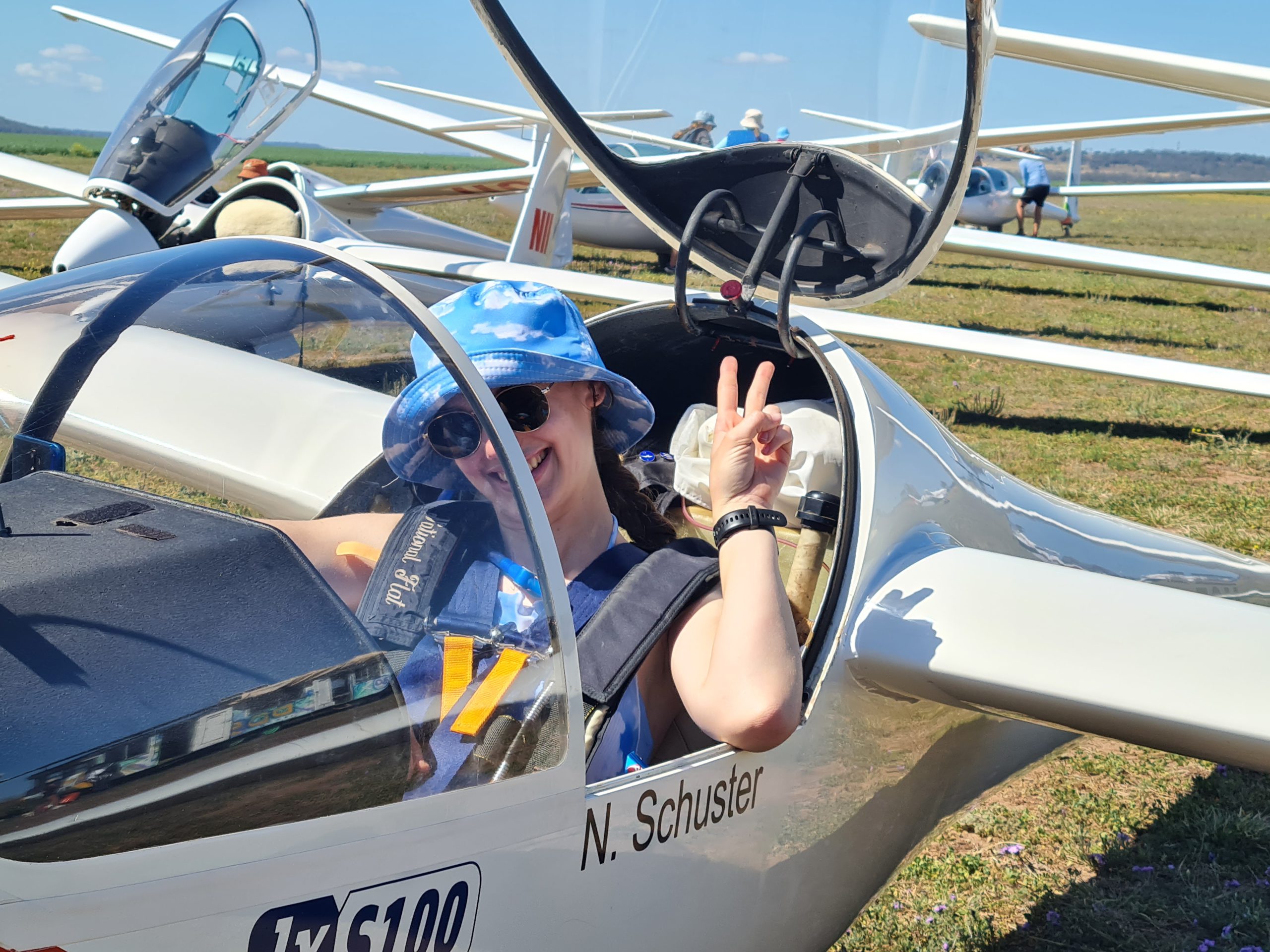Welcome to the Safety Centre.
The goals of this centre are to:
- Increase pilot awareness of gliding safety issues.
- Disseminate training information and material.
- Improve the safety performance of gliding.
Flying gliders is a life-long learning activity. The aim of the Safety Centre is to provide the pilot (student to instructor) with access to material that encourages this behaviour. The nature of our sport means that safety bulletins, notices, and regulatory changes occur on a regular basis. This Centre provides pilots with access to important safety material.
Accident and Incident Reporting
The Club believes in a “no blame” policy of incident/accident investigation so that all contributing causes of an occurrence can be identified and rectified. In all cases it is the WHY that is important and not the WHO.
Club Safety Management
SMS – Not another acronym! Well yes actually, it stands for Safety Management System. This is a documented procedure for our risk management. It is now a Gliding Federation of Australia requirement that each club develop and document a Safety Management System that covers the whole of our operations, and appoint a Safety Officer, who will be a committee member, to oversee the development and implementation of that system.
Gliding is a potentially hazardous activity, but in our flying we are trained to be risk managers not risk takers. DDSC is fortunate that we have a well documented Standard Operating Procedure already in place that covers our flying activities and this will be a core part of an overall SMS. However an SMS has to look beyond our flying activities to all the support activities that allow us to go flying, Operations, Airworthiness, Administration and Individual activities. For this reason a Safety Committee will be appointed to develop the system for approval by the club and subsequent implementation. The committee will be chaired by the Safety Officer and include the CFI, Airworthiness Office, Tug Master and other interested members.
The SMS will need to include things like Visitor Management, club facilities, other equipment (e.g. tractor etc) and the list goes on. Most of this is common sense and should not involve much, if any, change to the way we actually do things beyond documentation and record keeping. How will we go about all this?
- Identify and list all of the activities we currently perform.
- Identify the hazards.
- Assess the risks (what might go wrong compared to expectations).
- Develop and document the risk management process (what do we do about the above).
- Implement the procedures.
- Monitor and refine as required
Many of us are or have been involved in industry and commerce and this process will be familiar territory. Our aim should be to produce a comprehensive yet simple system that will be easy to operate and maintain. If we follow the KISS principle we should have an SMS that will ensure our safe operations and protect us in the future.
DDSC’s Safety Mangement Plan can be found here.


